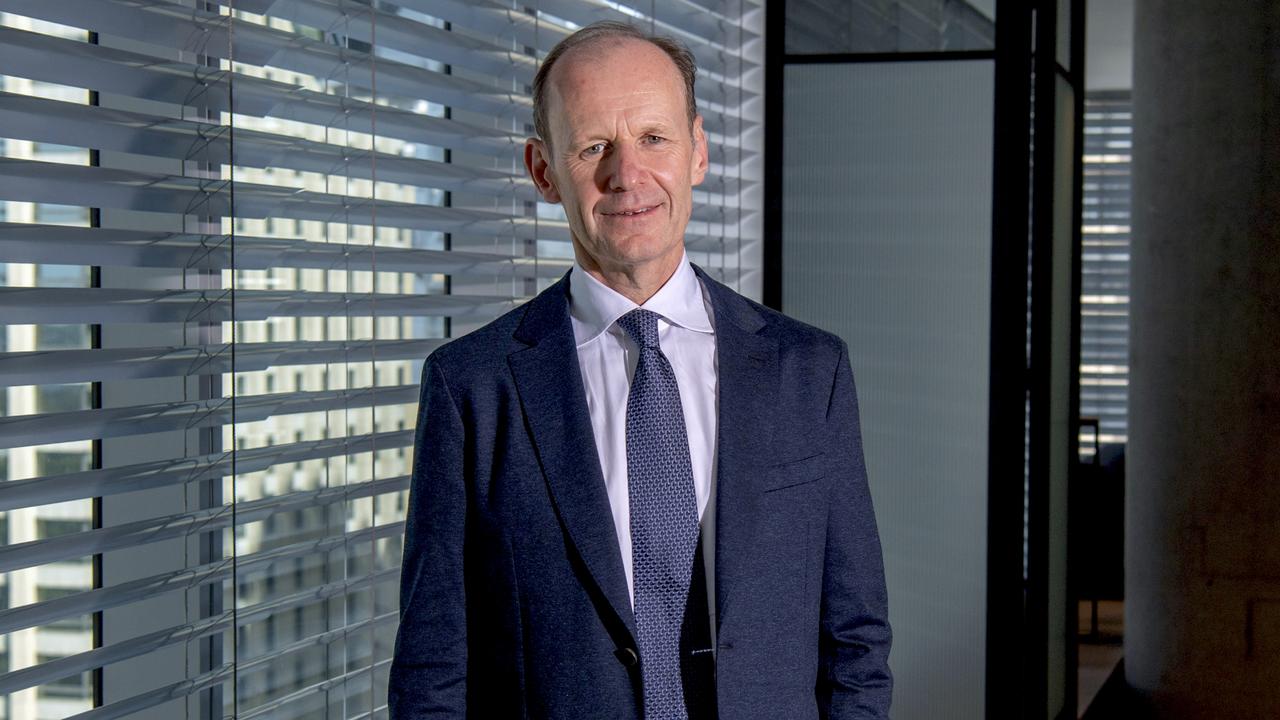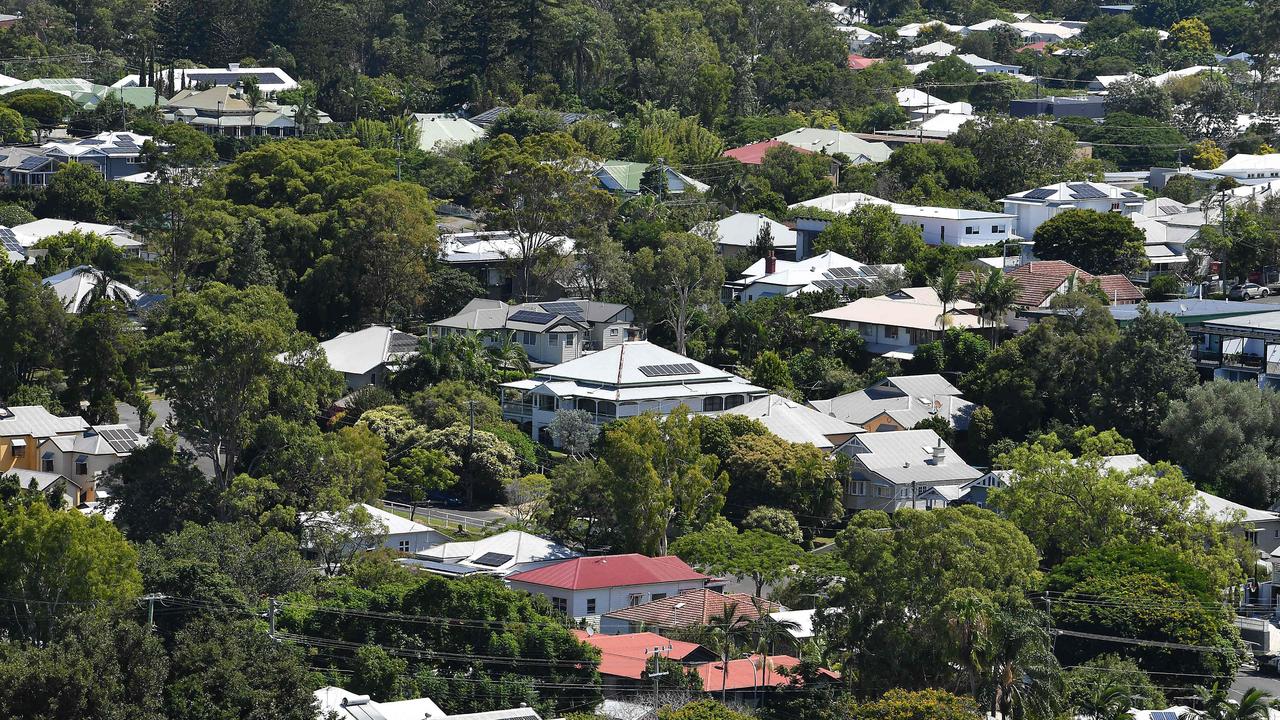Fears ‘urgent’ housing failures are costing Queensland economy
A new report has revealed the stakes are high for the Palaszczuk government to create housing stock, warning the economy’s growth hinges on ramping up the supply of homes.
QLD Politics
Don't miss out on the headlines from QLD Politics. Followed categories will be added to My News.
An almost 50 per cent boon for the state’s economy ahead of the 2032 Olympic and Paralympic Games could be squandered if Queensland fails to address its housing crisis, a new report from a major bank has warned.
Future economic analysis commissioned by ANZ reveals Queensland has the potential to significantly expand its economy by up to $645bn.
But an annual increase in housing construction of 20 per cent, an additional capital investment of $50bn, is needed due to the rate remaining stagnant since the 1990s, the report warns.
“There is an urgent need to address housing availability over the period covered by this report,” wrote lead author Gene Tunny from Brisbane-based consultancy Adept Economics.
“If suitable accommodation is not provided, Queensland investment projects may not be able to secure a sufficient supply of local workers or would become more reliant on fly-in, fly-out (FIFO) workers.

“This would mean the state may not capture as great a share of the benefits as it otherwise would, particularly if workers are flown in from interstate.
“It may also affect the viability of some projects critical to the net zero transition or expanding critical minerals production.”
Premier Annastacia Palaszczuk will on Tuesday convene a roundtable with industry leaders and stakeholders to address commitments raised at the October Housing Summit.
The meeting follows an alarming report last week commissioned by the Queensland Council of Social Services that implored the government to significantly boost its commitments to build social and affordable homes amid a surge in those in need of support.

The undersupply of housing was also flagged by the ANZ report, Queensland: Future State Summary, which noted dwelling unit completions over the past decade averaged 37,000 – a figure similar to the annual average across the 1990s of 38,000.
“However, while housing construction remained at similar levels, the average annual population increase has been 75,000 annually in the last decade compared with around 62,000 in the 1990s,” the report said.
“This suggests an annual increase in dwelling construction of around 20 per cent is required, corresponding to an additional $50bn of capex (capital expenditure) in dwellings on top of a baseline of an expected $250bn (in today’s dollars over the next 10 years).”
The report noted the current “business as usual” approach would limit the state’s growth over the next 10 years to 31 per cent unless $230bn was invested from the private sector, the report warns.

According to ANZ, Queensland has consistently recorded the second best economy in the country since the 1999-2000 financial year with an average annual growth of 3.4 per cent – eclipsed only by WA’s 3.9 per cent yearly expansion.
This growth, which outstrips the national average of 2.7 per cent, is expected to continue due to the state’s strong population growth and highly productive resources, agriculture and tourism sectors.
The business as usual approach will see the economy expand by 31 per cent over the next 10 years but ANZ chief executive Shayne Elliott said capitalising on new opportunities such as critical minerals and hydrogen could lead to Queensland’s economy soaring by 46 per cent by 2032-33.

“As a dynamic and growing state, there’s a great opportunity for Queensland to accelerate its already strong economic growth,” he said.
“The report provides a baseline of where the state is today, how its strengths have evolved and the very real chance to further grow its share of Australia’s economy, beyond the business-as-usual.
“Queensland already has abundant natural resources, world class tourism, and great connectivity to the Asia Pacific region – not to mention a fast-growing population.
“With an even greater focus on its strengths, there’s a real opportunity to benefit from the transition to net zero, the role of technology in agriculture and a more mobile work force looking to live in the Sunshine State.”
What the ANZ Queensland: Future state report reveals:
OVER the past decade, Queensland averaged around 37,000 new dwelling completions annually, which is around the same level as the 1990s
THE average annual population increase has been 75,000 in the last decade compared with about 62,000 in the 1990s
THIS suggests an annual increase on dwelling construction of about 20 per cent is required to keep up with demand
QUEENSLAND investment projects may not be able to secure a sufficient supply of local workers, or would become more reliant on fly-in, fly-out (FIFO) workers if suitable accommodation is not provided
IF the housing crisis is not urgently fixed, it could mean the state does not reap the economic benefits it otherwise would, particularly if workers are flown in from interstate
IT may also affect the viability of some projects critical to the net-zero transition or expanding critical minerals production.
More Coverage
Read related topics:QLD housing crisis






